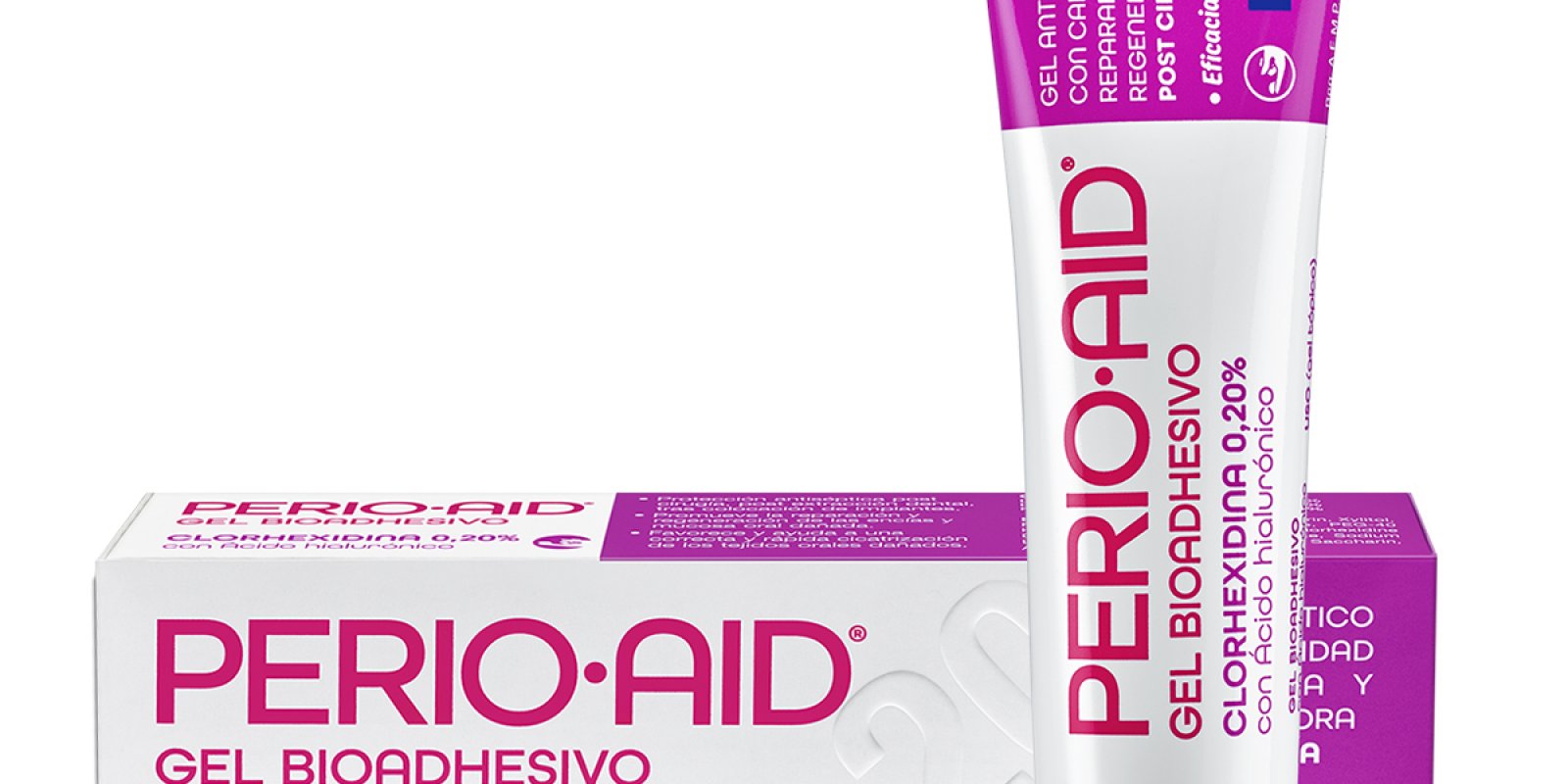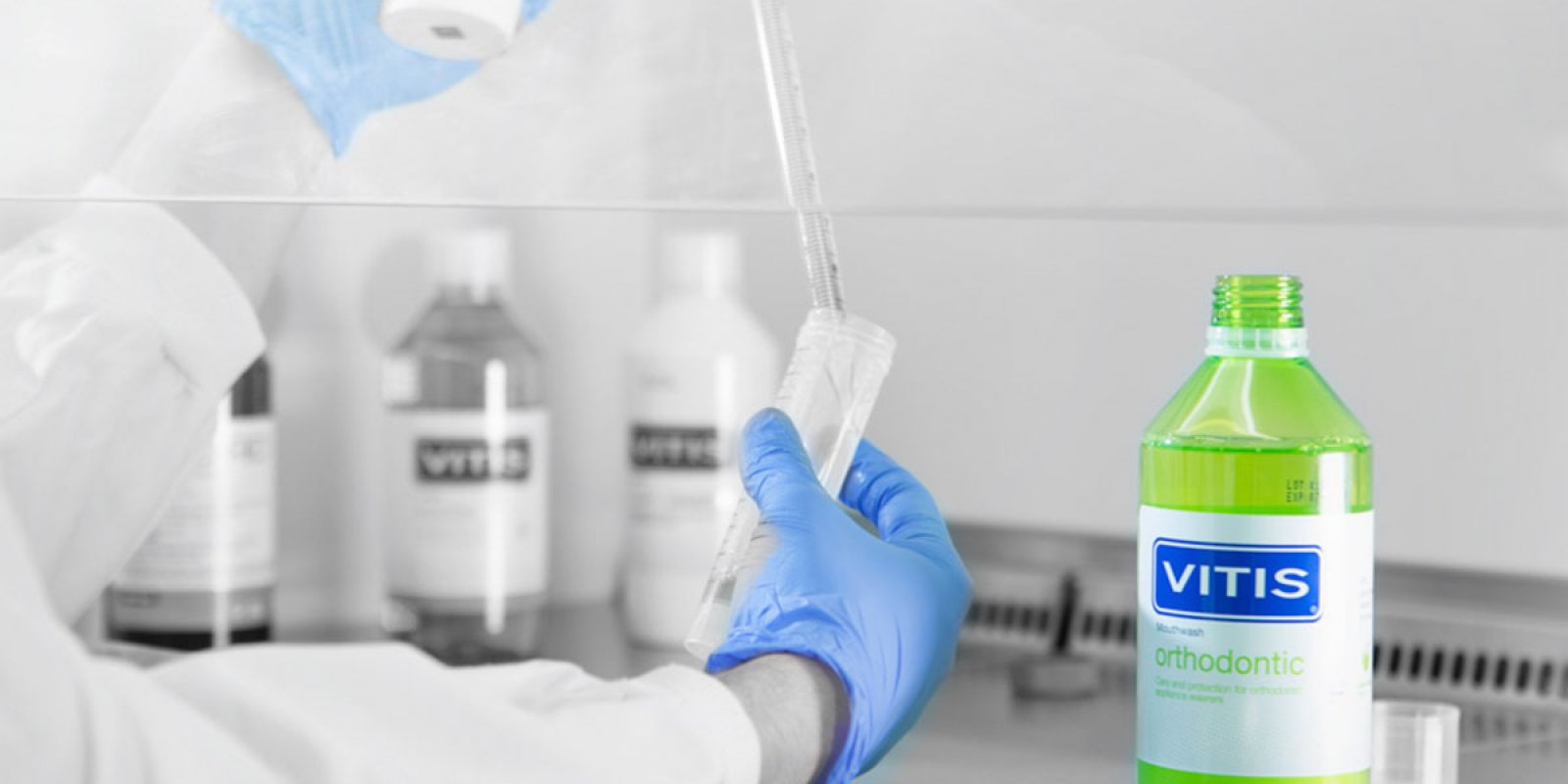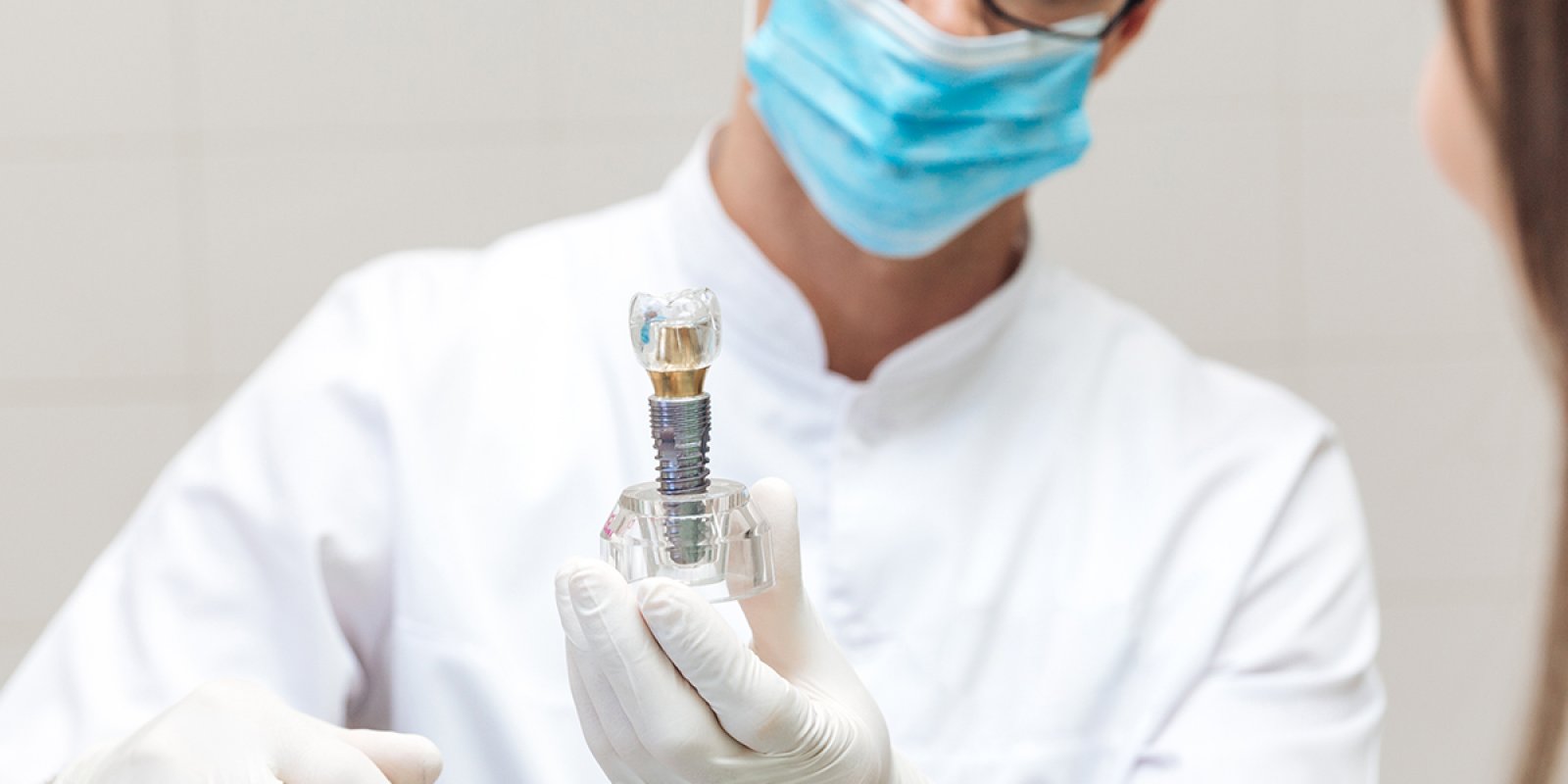DENTAID EXPERTISE
News for dentistry professionals
RELATIONSHIP BETWEEN PERIODONTITIS AND PRETERM & LOW-WEIGHT BIRTHS
30 Nov 2017

The presence of periodontal disease in pregnant women is associated with certain potential risks at delivery.
Puertas A, Magan-Fernández A, Blanc V, Revelles L, OValle F, Pozo E, León R, Mesa F. Association of periodontitis with preterm birth and low birth weight: a comprehensive review. J Matern Fetal Neonatal Med 2017; 28: 1-6.
Both preterm birth (delivery before 37 weeks of pregnancy) and the birth of underweight infants (under 2,500 grams) are disorders that are on the rise and have serious public health implications, since they are related to a considerable increase in mortality and immediate and deferred morbidity of the newborn. Low birth weight is often associated with premature delivery, although this is not always the case.
Preterm births already account for 10% of all births worldwide and, although there are many factors that may contribute to pathogenesis, one of the most important is intrauterine infection. This may be due to local infections of the genitourinary system or distant infections such as systemic infections and periodontal disease in the form of periodontitis.
Periodontitis is an infectious disease located in the supporting tissues of teeth and is caused by the interaction between infectious agents, host immune response, exposure to harmful environmental factors and genetic factors. It is a very prevalent pathology, since one out of every two adults may develop it in its different forms.
Scientific evidence of the association between periodontitis and premature births, low birth weight infants and even pre-eclampsia is offered by numerous epidemiological studies. However, neither intervention studies nor meta-analyses have been able to corroborate. The potential factors that may confound results correspond to demographic differences, diagnostic criteria, severity and types of periodontitis, differences in pregnancy periods and variations in the composition of the microbiota. The limited effectiveness of periodontal treatment during pregnancy may be due to the fact that it should be performed before delivery to prevent pathogenic bacteria from reaching the placenta and amniotic fluid.
The pathogenic mechanisms proposed in 2012 by the European Federation of Periodontology (EFP) and the American Academy of Periodontology (AAP) consider two possibilities that ultimately result in an inflammatory and immune response and in the suppression of growth factors in the fetoplacental unit.
On one hand, there would be a direct route that would consist of a transient bacteraemia that would reach the placental tissues through the bloodstream, producing inflammation and inducing labour. On the other, the indirect route would lie in the production of local inflammatory mediators that would spread through the bloodstream to the placenta and liver.
Once there, they would stimulate the production of another type of inflammatory cytokines and acute phase proteins that would act on the fetoplacental unit.
Taking into account the above, women who are planning pregnancy or who are already pregnant should be informed of the potential risks of periodontal disease for childbirth. Oral care by the dentist should be part of the obstetric care to minimise the risk for both the mother and the unborn baby.
RELATED ARTICLES

18 Jun 2020
PERIO·AID® BIOADHESIVE GEL IMPROVES HEALING AND RESTORATIVE EFFICACY AFTER ORAL SURGERY
A clinical trial has shown the regenerative properties of PERIO·AID® Bioadhesive gel after surgical removal of two third molars. Evaluation* of the…

10 Mar 2020
Improving clinical outcomes in patients with peri-implant mucositis through mechanical control of biofilm and accompanying mouthwash
Mechanical control of biofilm by the dental clinic practitioner, as well as by the patient, together with an adjunctive chlorhexidine and…

27 Jun 2019
ANTIBACTERIAL PREVENTION IN TITANIUM DENTAL IMPLANTS
This study will be useful for the future development of antibacterial strategies preventing incidence and progression of peri-implantitis in patients…
Sign up for the DENTAID Expertise newsletter
Sign up for the newsletter